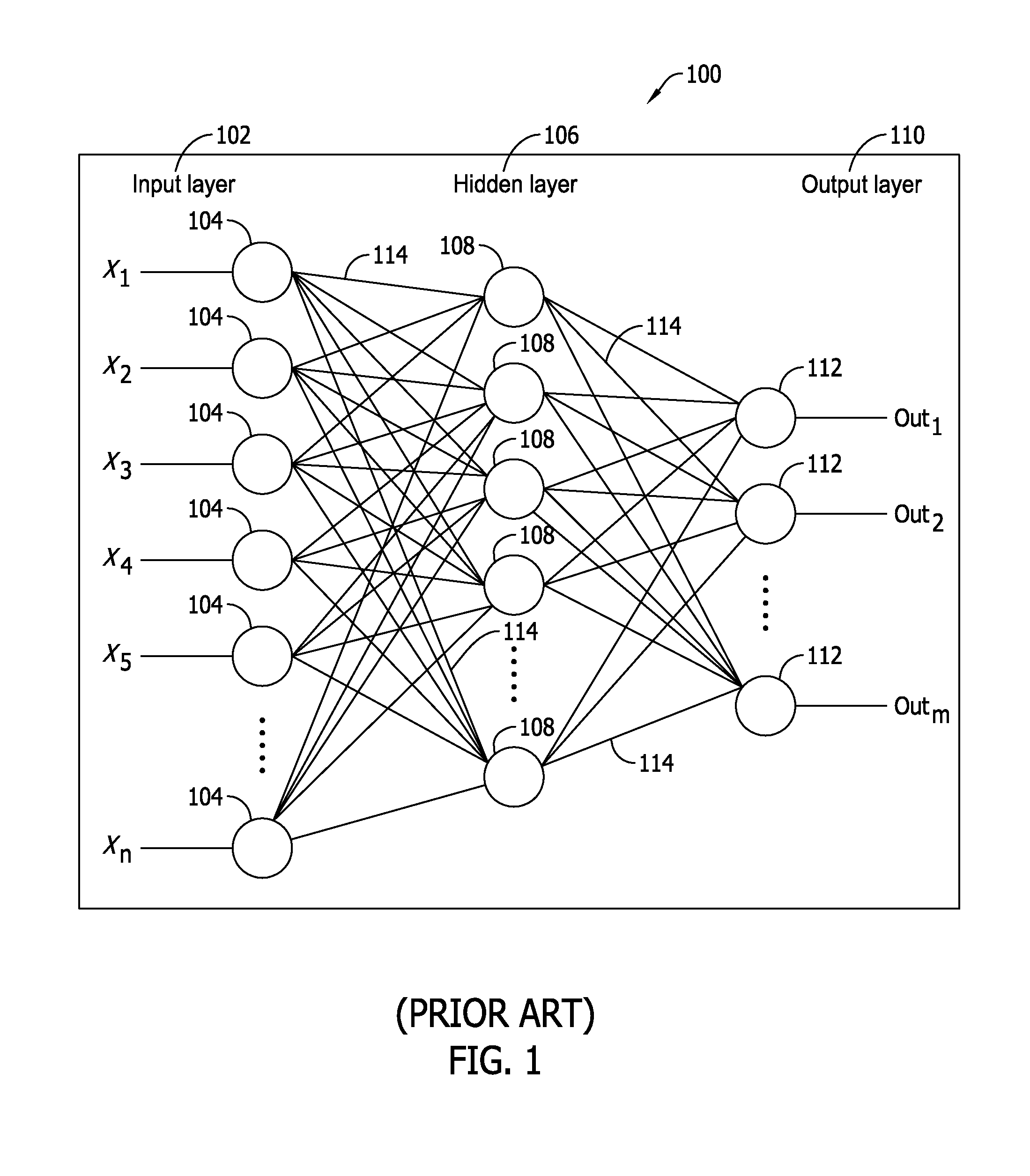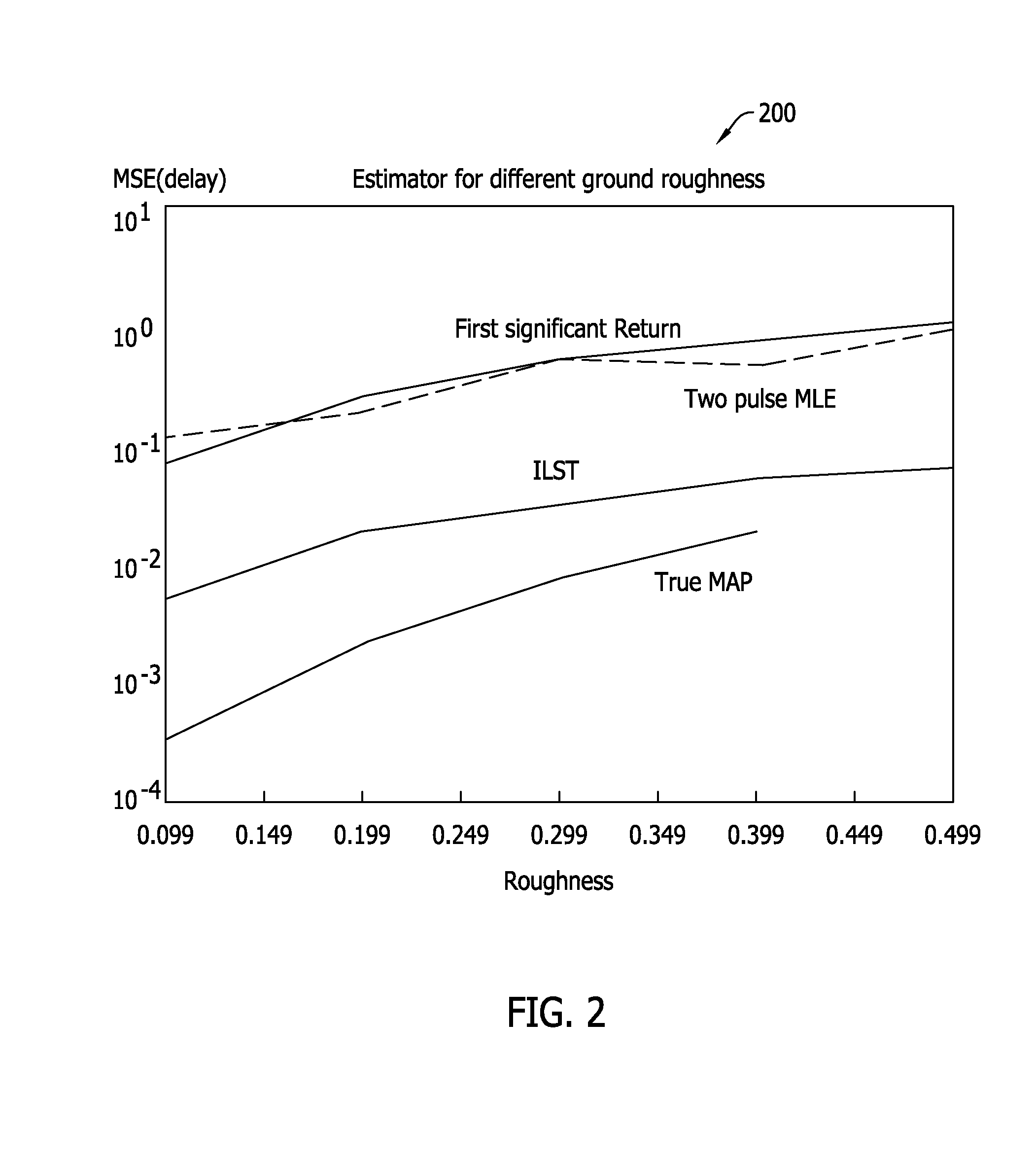Systems and methods for training multipath filtering systems
a multi-path filtering and neural network technology, applied in the field of signals corrupted, can solve problems such as the inability to optimally use complex phase information, the inability of ilst algorithm to achieve convergence, and the inability to apply complex phase information to more general applications
- Summary
- Abstract
- Description
- Claims
- Application Information
AI Technical Summary
Benefits of technology
Problems solved by technology
Method used
Image
Examples
Embodiment Construction
[0014]The systems and methods described herein utilize a complex ILST (CILST) algorithm for complex-valued neural networks. This allows for improved filtering of multipath corrupted signals using complex-valued neural networks. Using the CILST algorithm described herein, a complex-valued neural network (CVNN) can be trained more accurately, and results will have better signal separation, more accurate parameter estimation, and more accurate signal classification in the presence of multipath, as compared to at least some known multipath filtering systems.
[0015]As used herein, “multipath corrupted signals” refers to radio signals from one source that are received at a receiver by two or more paths. Causes of multipath corruption including reflection and / or refraction from bodies of water, atmospheric phenomena, buildings, geographical features, etc. Multipath corruption generates significant complications when attempting to accurate locate signal sources and / or obtaining accurate outp...
PUM
 Login to View More
Login to View More Abstract
Description
Claims
Application Information
 Login to View More
Login to View More - R&D
- Intellectual Property
- Life Sciences
- Materials
- Tech Scout
- Unparalleled Data Quality
- Higher Quality Content
- 60% Fewer Hallucinations
Browse by: Latest US Patents, China's latest patents, Technical Efficacy Thesaurus, Application Domain, Technology Topic, Popular Technical Reports.
© 2025 PatSnap. All rights reserved.Legal|Privacy policy|Modern Slavery Act Transparency Statement|Sitemap|About US| Contact US: help@patsnap.com



